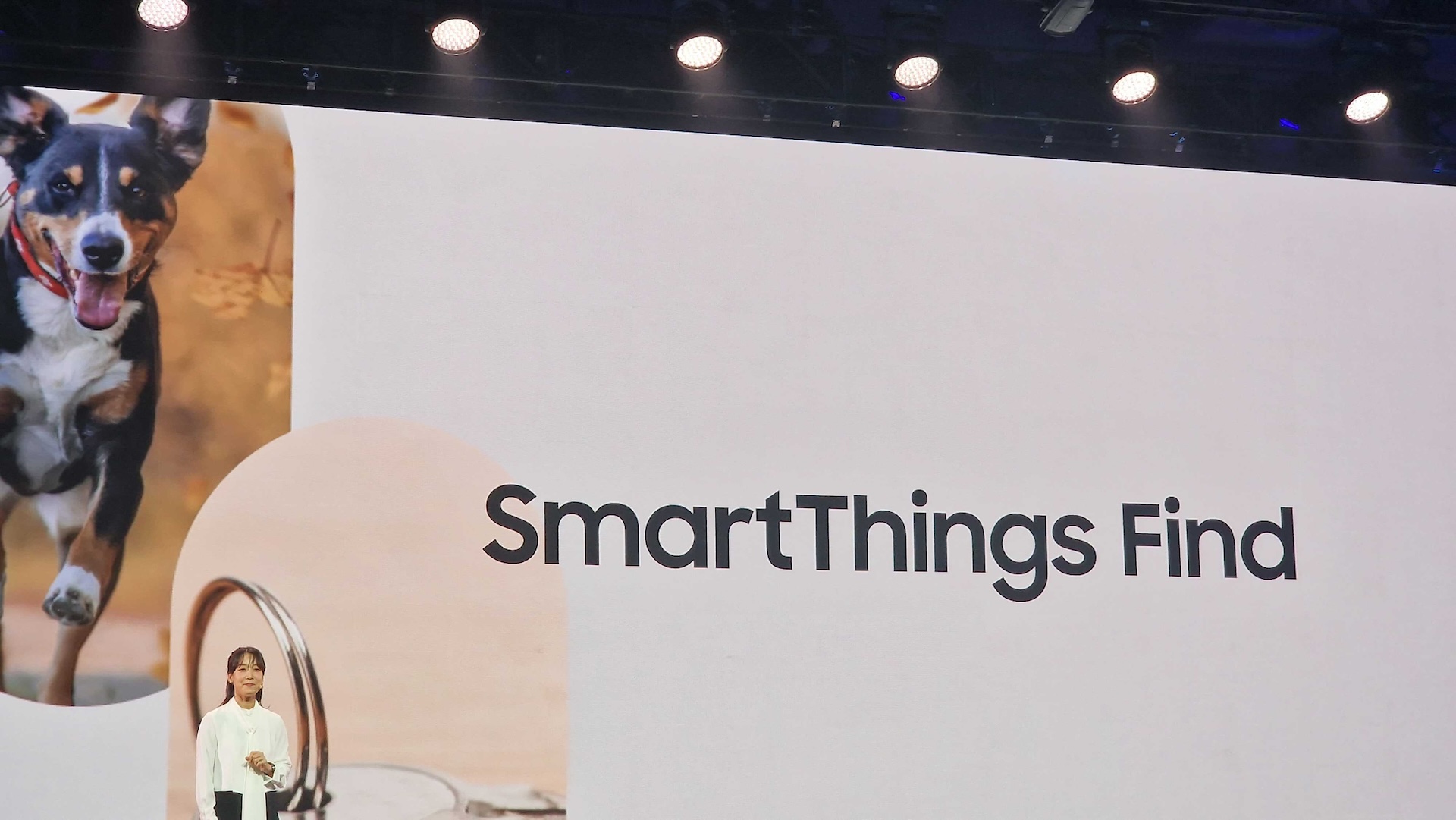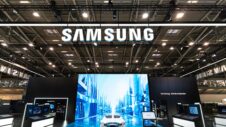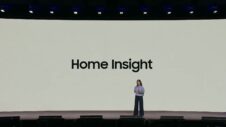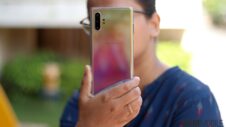SmartThings has quickly evolved into a potent smart home platform with Samsung devices at the heart of the ecosystem. Its embrace of the wider industry protocols such as Matter enables users to choose from thousands of smart devices to add to their set up. We had the opportunity to speak with Jaeyeon Jung, Executive Vice President at Samsung Electronics and Head of the SmartThings Team at the Samsung Developers Conference 2023 in San Francisco to learn more about how the SmartThings platform continues to evolve.
Matter support, which was announced for SmartThings at SDC 2022, is now integral to Samsung’s vision for expanding the ecosystem. Support for Matter Bridges means that devices from partners such as Philips Hue and Aqara can now work with SmartThings as well. Samsung’s collaboration with the Home Connectivity Alliance also brings greater control for users. Hub Everywhere brings hub capabilities to Samsung’s consumer electronics devices.
At SDC 2023, the company announced that its sound bars will work as hubs also. This is Samsung’s vision to enable seamless multi-hub smart homes that have bigger coverage and reliability. Easy Hub replacement was a feature that early adapters asked for and it will be available really soon. On the software side, there’s the new SDK and enhanced API that enables partners to extract more value from the SmartThings platform and incorporate SmartThings Home AI in their apps. Context API is a machine learning engine for the smart home platform that utilizes available data to make smart home solutions even smarter.
Our discussion with Jaeyeon Jung provided further insight into how SmartThings continues to go from strength to strength and what the future holds for the platform.
Answers have been paraphrased for brevity and clarity.
Q1: How many “Find Nodes” does the SmartThings Find network now comprise?
A: The SmartThings Find network has two types of devices – the Find Node or Scanner Node and findable devices. Find Nodes are Samsung devices such as Galaxy phones, Samsung smart TVs, SmartThings Station, etc. Currently we have over 300 million Find Nodes on the platform.
Findable devices include everything from SmartTags, phones, credit cards and other devices from our partners. These devices are just beaconing, or waiting to be found, whereas the Finder Nodes communicate the approximate location of the findable devices to the platform.
Q2: What do you feel has been the biggest challenge in building out the SmartThings Find network?
A: We’ve built this service and infrastructure from scratch so initially there were apprehensions if this could be done. It wasn’t certain if we could build a platform as scalable as what SmartThings is now. There were many technical challenges to overcome as well. For example, Finder Nodes have to periodically scan for devices around them so a big concern was not penalizing the battery life of Galaxy smartphone owners who opt into the platform. It was a major technical challenge we were able to overcome after considerable testing and optimization.
Distributed system optimization is another challenge on a platform where 300 million+ nodes are active. Imagine you lose a SmartTag in a stadium with thousands of SmartThings Find-enabled Galaxy phones. We don’t want all of them to be sending that tag’s location to the platform and it’s difficult to achieve that without the phones talking to each other.
We achieve this through multiple patented approaches where based on the density of the Find Nodes the scanning interval is set dynamically so in such a scenario, the platform can automatically lower the scanning interval. It varies from case to case as there’s not one set scanning interval, the platform is able to raise or lower it depending on the scenario. Optimizing the infrastructure to process all of the signals from hundreds of millions of devices all at the same time is a challenge as well. We continue to work closely with engineering to talk over the roadmap to ensure efficiency.
Q3: Samsung and Google collaborate closely on software more than ever before. Have there been discussions about potentially integrating SmartThings Find within core Android?
A: The SmartThings Find Feature is coupled with the Samsung Service Agreement and all of our Galaxy devices are participating in this Find network. This generates very sensitive data and ultimately SmartThings Find is very tied to the Samsung ecosystem.
Q4: Was the new Map Full View feature in response to customer feedback? Could you explain a bit more into the thought process that went behind it?
A: Our vision is to democratize the smart home and we want it to be easy to understand even for users who may not have a great deal of technical knowledge. We developed Map Full View to make the process of setting up and operating a smart home pretty understandable. When you think of home you think of a layout or floor plan to help visualize your living spaces. Map Full View is our attempt to make the smart home more accessible in a visually appealing way.
Q5: Was the design change for Galaxy SmartTag2 a technical requirement or a purely cosmetic decision? Is it necessary to update the design for such accessories as some of Samsung’s rivals, such as Apple, don’t do it?
A: This was primarily in response to customer feedback. We launched the first Galaxy SmartTag a few years ago and received very useful feedback from customers. One feedback that repeatedly came up was that they wanted it to be not too big so it could easily be put on a pet’s collar and that it should be more water resistant. It soon became clear to us that if we were going to make another one, it had to be smaller, easier to hang and attach to pets.
Q6: The SmartTag has primarily been a consumer device so far. What use cases do you feel it could enable in business environments, and whether there are plans to launch a business- specific version?
A: We are working with a partner that has tracking requirements for their logistics operations. We have done a proof of concept based on the technology that we’ve created for SmartTag.
Q7: How has the response been for the SmartThings Station? What do you feel is the USP that would make customers want to buy it compared to a similar product from other companies?
A: SmartThings Station has been launched in the United States and South Korea currently and the responses so far have been very positive. People particularly like the integrated button since it’s simple and intuitive. Everyone knows how to use a button. So even though we have a long press and double click function, the one button click is very well received. Since we have wireless charging functionality built-in, that can also be used to trigger automations.
For example, if the phone has been in the charging state for 20 minutes at night, it can trigger the bed time routine users have created automatically. Customers appreciate this ease of use. As we continue to improve awareness of this product, we intend to bring SmartThings Station to more markets this year.
Q8: Was there a particular reason why Z-Wave wasn’t supported on this hardware, and are there any plans of a new iteration with Z-Wave support?
A: Going forward, our vision is to support Matter based on Thread and Wi-Fi. These are the radios that we will focus on. Thread and Zigbee use the 2.4 GHz band so we can support both using one chip. Since our priority is to support Matter, we can easily do that with the dual purpose chip but Z-Wave is a different story as that would require an additional chip.






